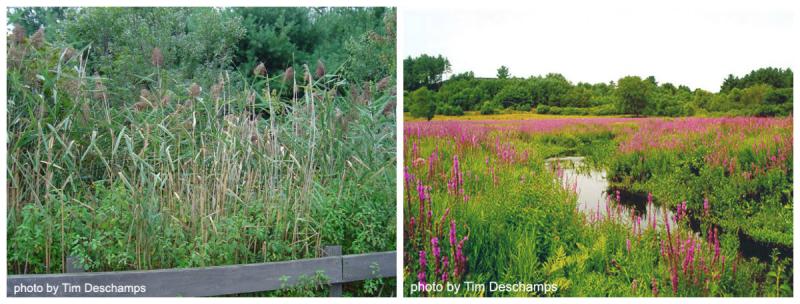Invasive Species Control
CMMCP recognizes the threat of invasive species and the deterioration they cause to wetlands. We strive to minimize the impacts we have in the spread of these species types. All mechanized equipment is sanitized after completion of a project and prior to the arrival of this equipment to the site of another restoration area. Sanitization will include but is not limited to:
- Steam cleaning the undercarriage of the equipment.
- Removal of all dirt and debris from the equipment trailer and other transportation devices.
- Other cleaning & procedures that are deemed necessary.
If work occurs in an area with small patches of invasive species, the excavator will make every attempt not to go through the patches to prevent spreading seeds and plant material to the rest of the site. Also, manageable patches may be hand pulled before excavation to ensure that they do not spread and to benefit the health of the wetland. If necessary, we may also employ techniques such as mulching the embankment where the spoil has been spread and seeding with native grass species.
Invasive species control is not a program that is undertaken by CMMCP at this time; however we are willing to coordinate with local and state officials to curb the spread of these wetland species if it falls under the scope of the restoration guidelines contained herein.

(Images: Common Reed & Purple Loosestrife)
Read more about these invasive species from Massachusetts D.C.R. Office of Water Resources:

